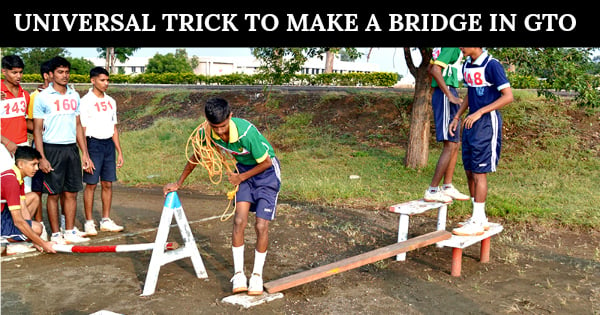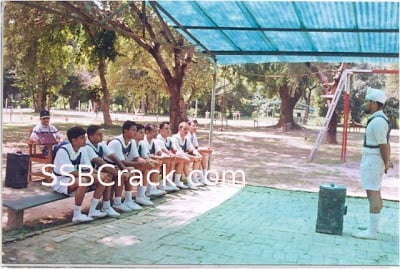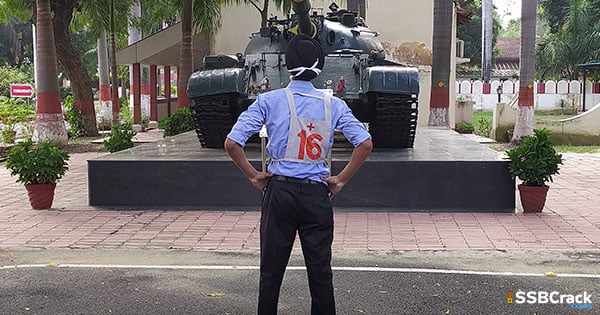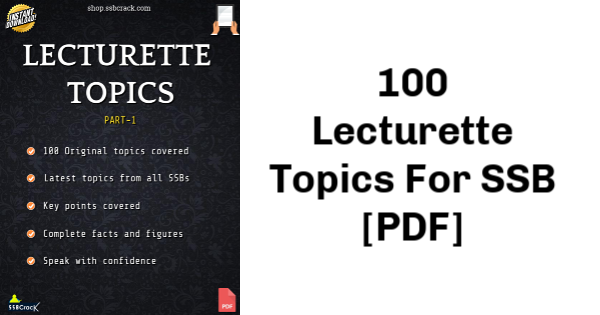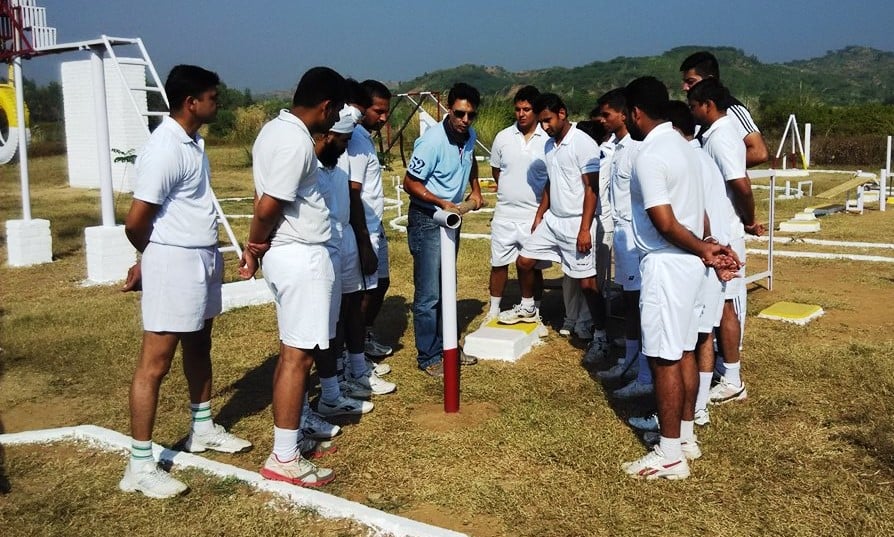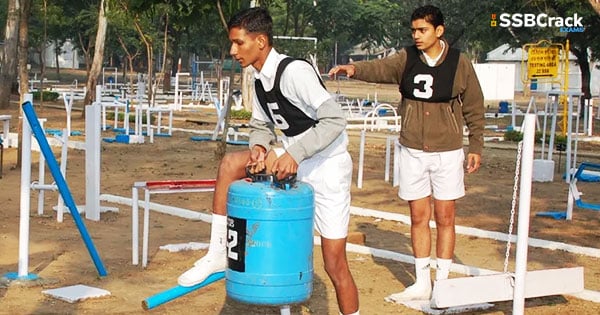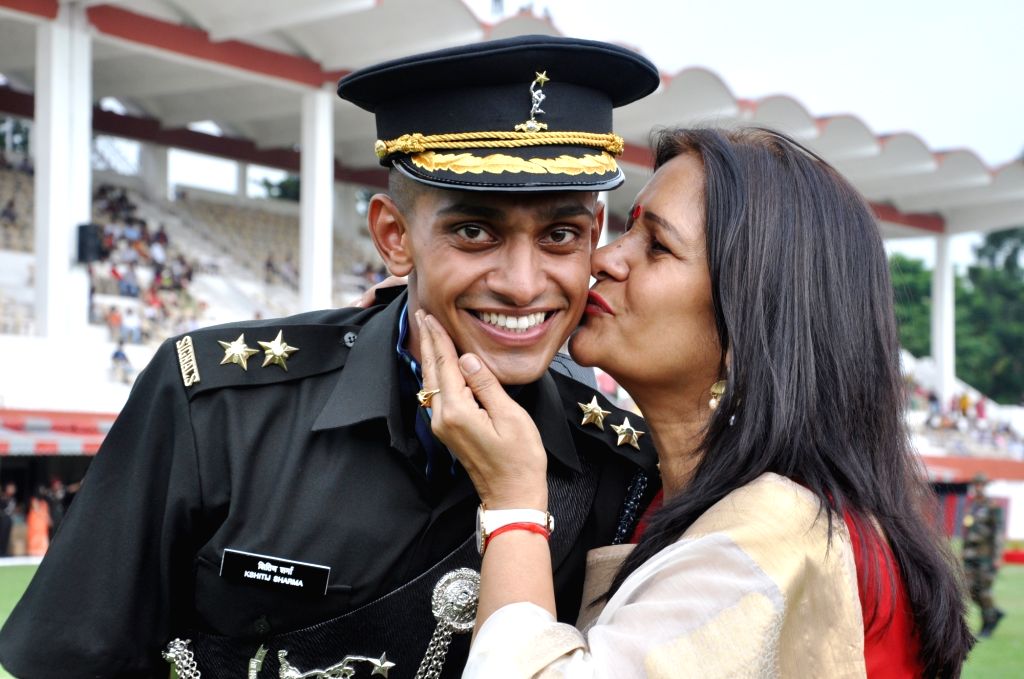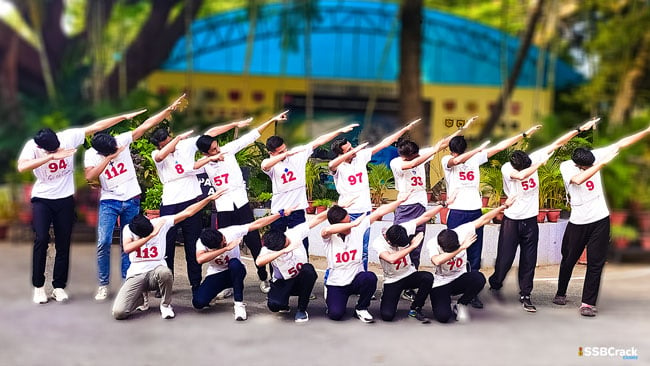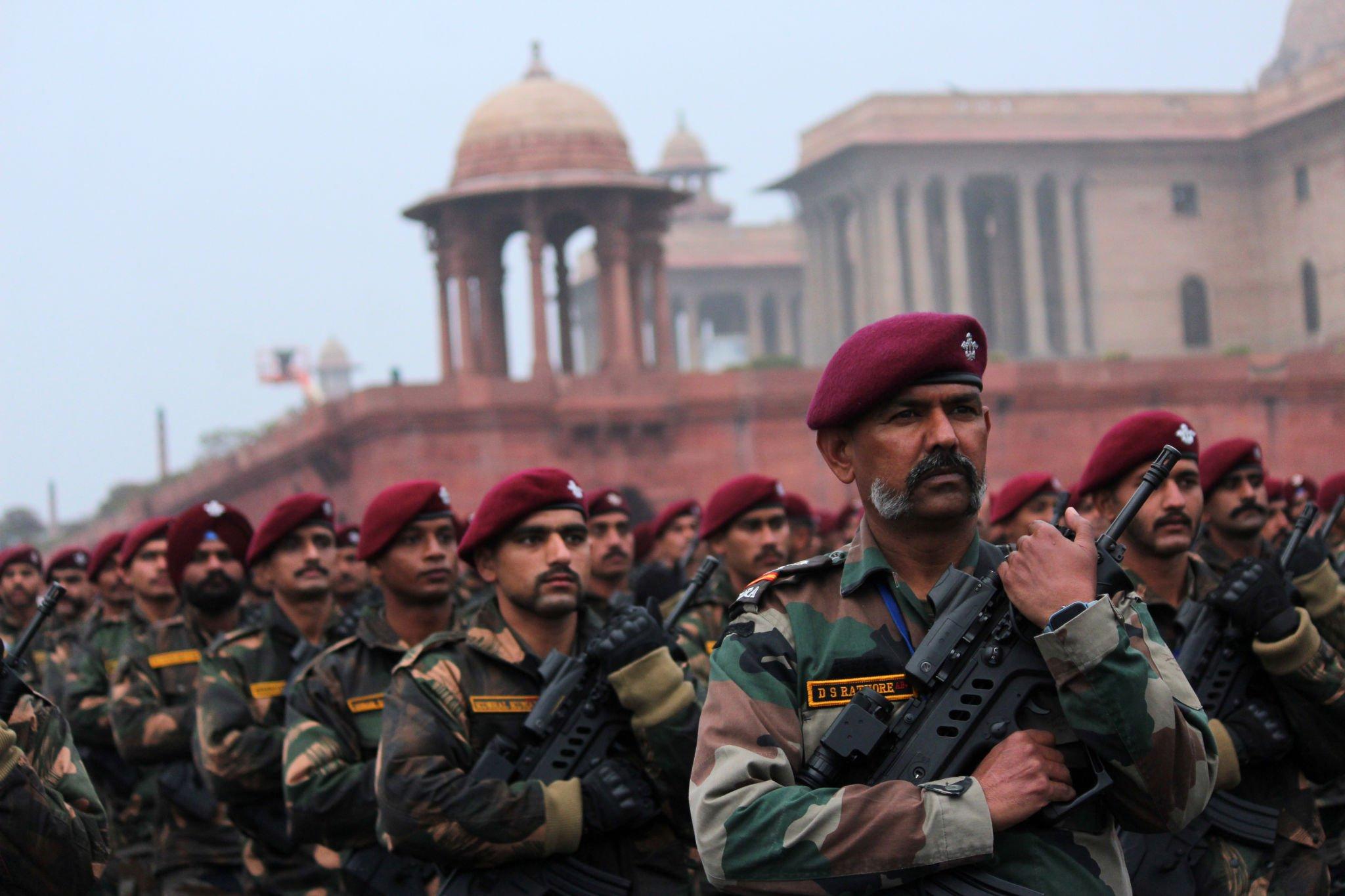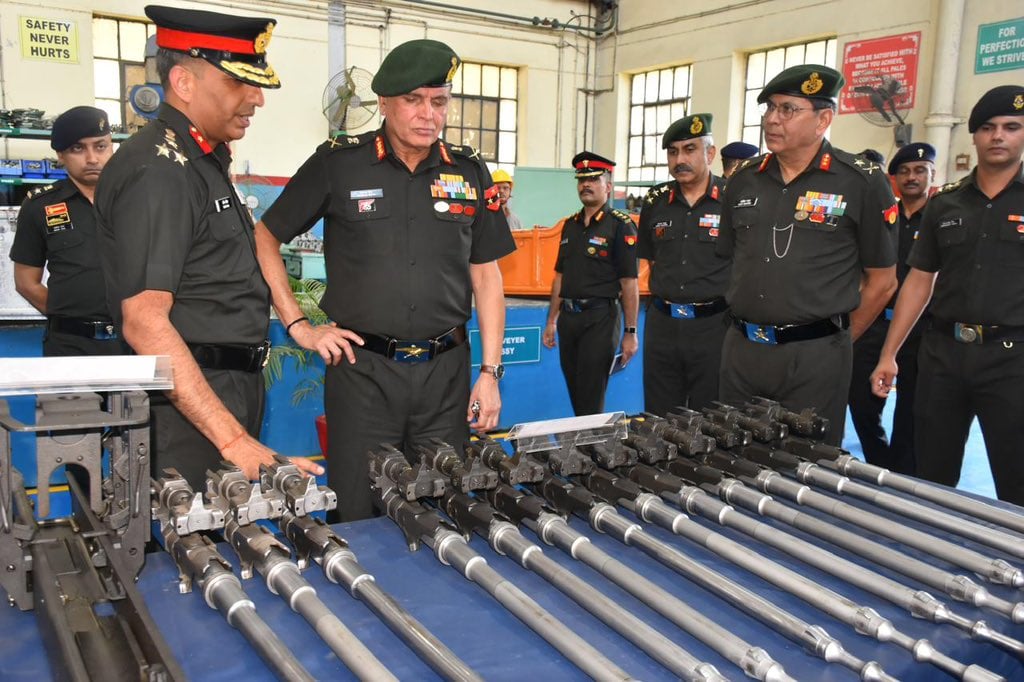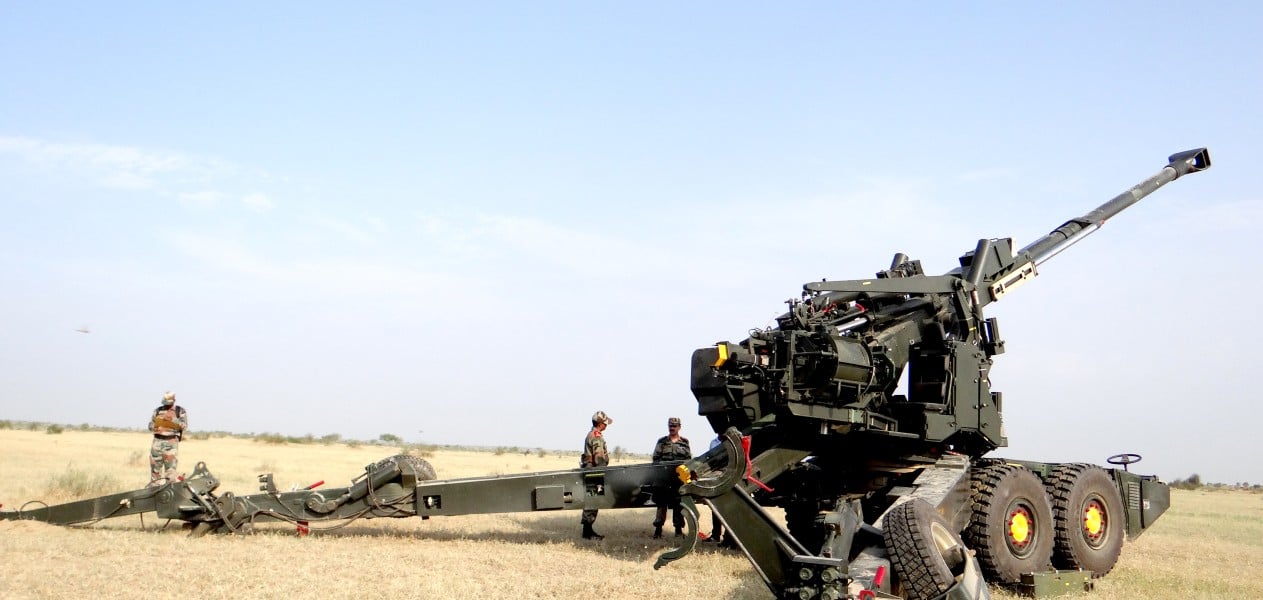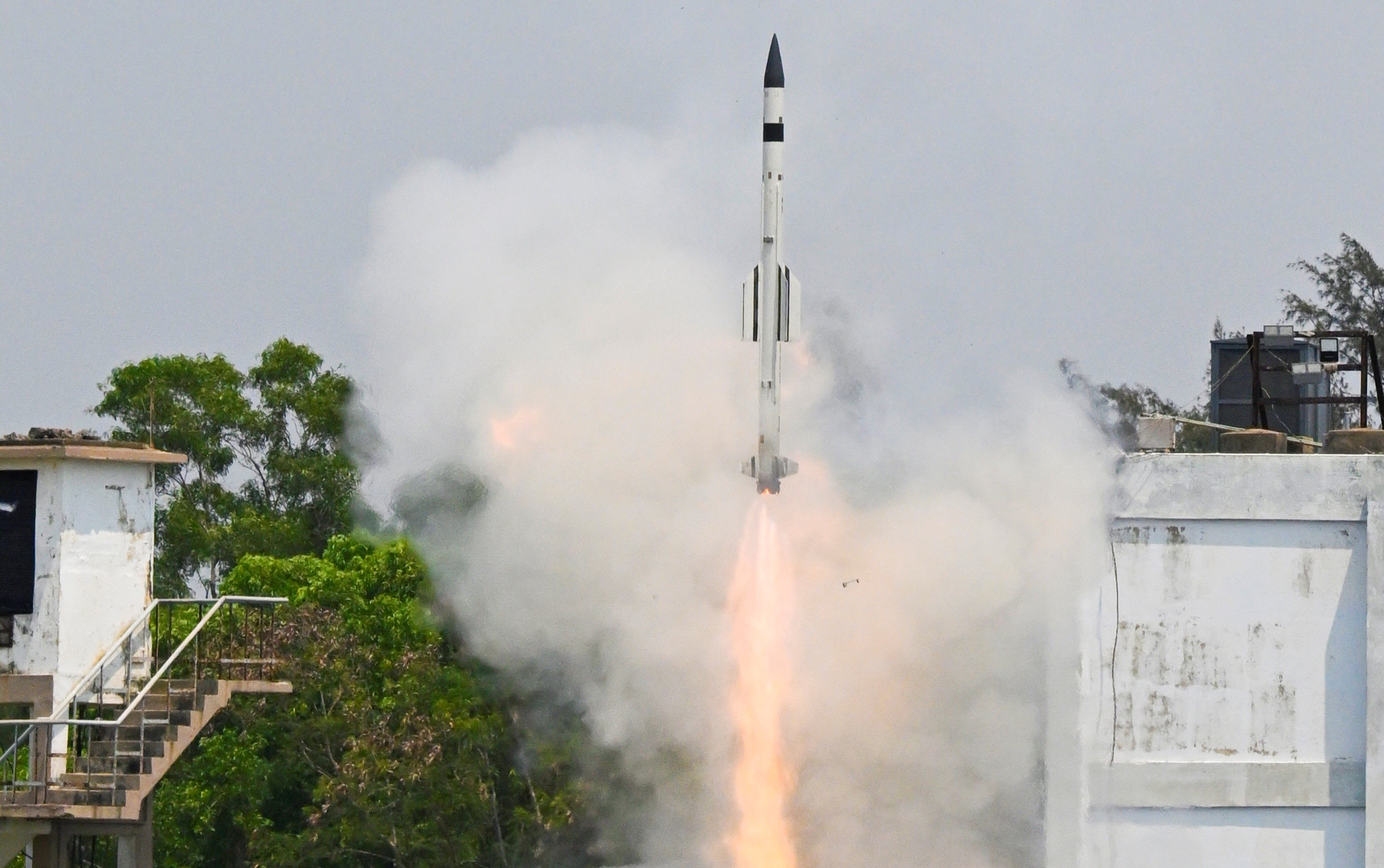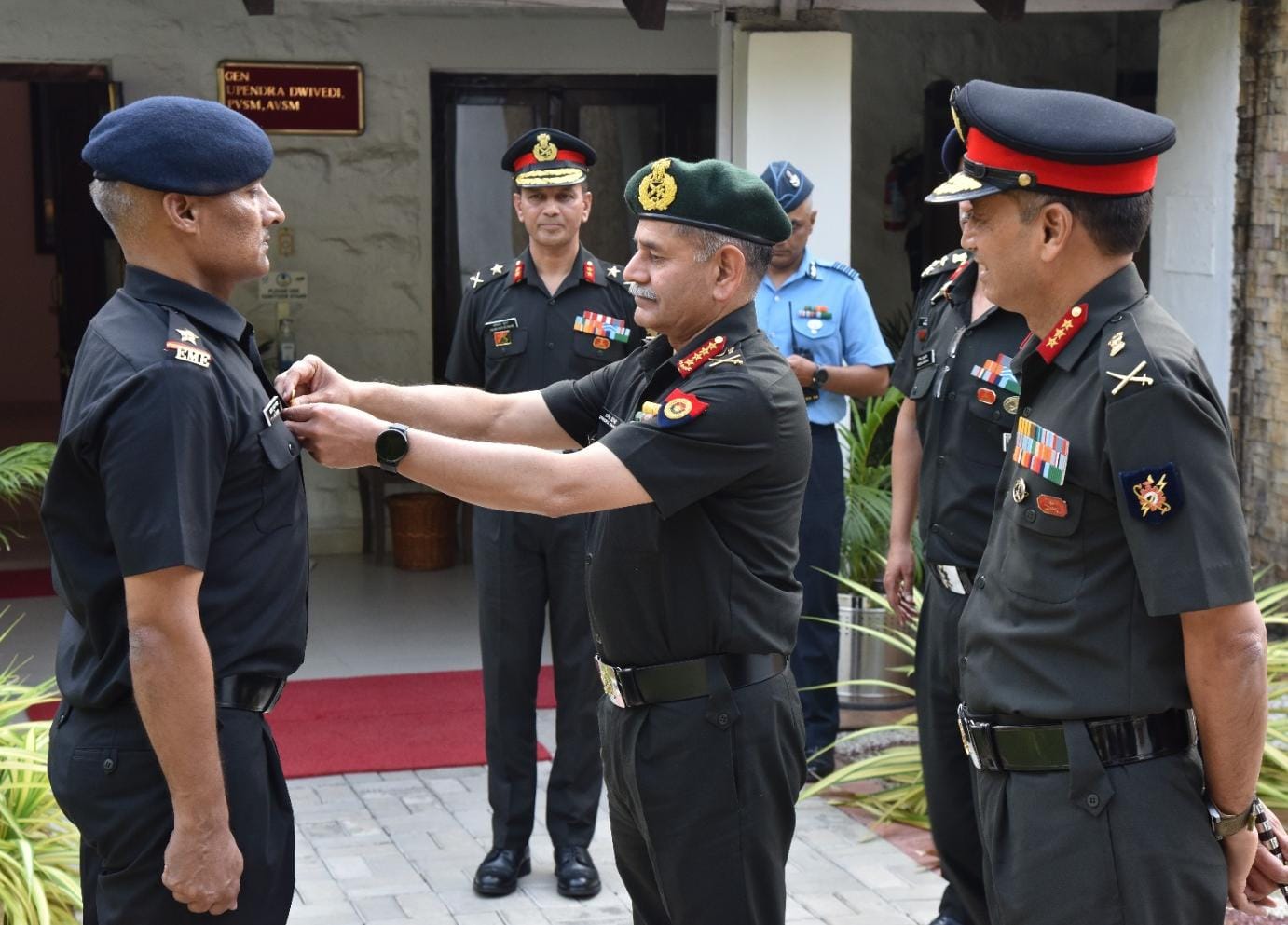Group tasks are conducted under the supervision of Group Testing Officer (GTO) in any SSB interview. In the group tasks, there are PGT, HGT, CT and FPGT which requires some helping materials. These are about set of obstacles in ground in a specified area in which all team members should cross each obstacle defined by set of rules.
To cross those obstacles, helping materials are given by the G.T.O. are Log(s), Plank(s), and Rope(s). The difficulty of the task increases from one obstacle to another in a progressive manner in the PGT and it is just one obstacle in all other tasks.
Basically, you have bridge your way over these obstacles and reach the finish line with your group. Here are some terms related with these tasks:
- Obstacle: Materials and area between start and finish line.
- Structures: A built material that you might need to bridge in an obstacle. They are painted White, Blue and Red. White is in bound for men and material, blue – only for men and red – for none.
- Helping Material: Materials you need to use to cross obstacles and reach finish line.
- Group: The candidates present along with you to cross the obstacle.
- Load: Material that is your liability and you need to take it along while crossing the obstacle.
Two Ways to Bridge a gap in an obstacle:
So, there are two ways to connect two structures in an obstacle – direct and indirect. Direct means, you place one end of the log/plank on one structure and other end on the other structure and make a bridge.
In indirect bridging, you have to use the principle of cantilevers.
Download important ebooks
Universal trick to make a bridge in an obstacle:
The sole principle in bridging the gap lies in the ‘Cantilever’ principle. Let’s discuss some Civil Engineering concepts here.
A ‘cantilever is a long projecting beam or girder fixed at only one end’. Cantilever effectively needs 3 parts – Fulcrum, Effort and Load. The load is you, who will be crossing the bridge.
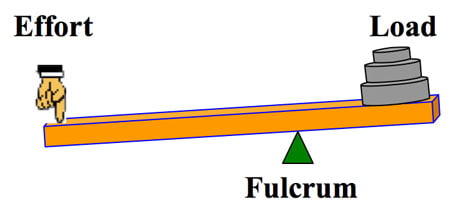
The only trick in applying this in SSB is that you need to make a cantilever to make a bridge and cross where direct bridging is not possible. That gives rise to 3 possibilities –
- Fulcrum and Effort both present.
- Fulcrum present, effort absent.
- Fulcrum and effort both absent.
In the case where both fulcrum and effort are present, just fix on end of the log/plank in fulcrum and support the other side on the effort.
In case where just the fulcrum is present, use the helping materials to create the effort so that it supports your bridge.
In case both fulcrum and effort are not present, you have to create both of them to make a bridge.
Now give an example of one structure that cannot be bridged using this principle.

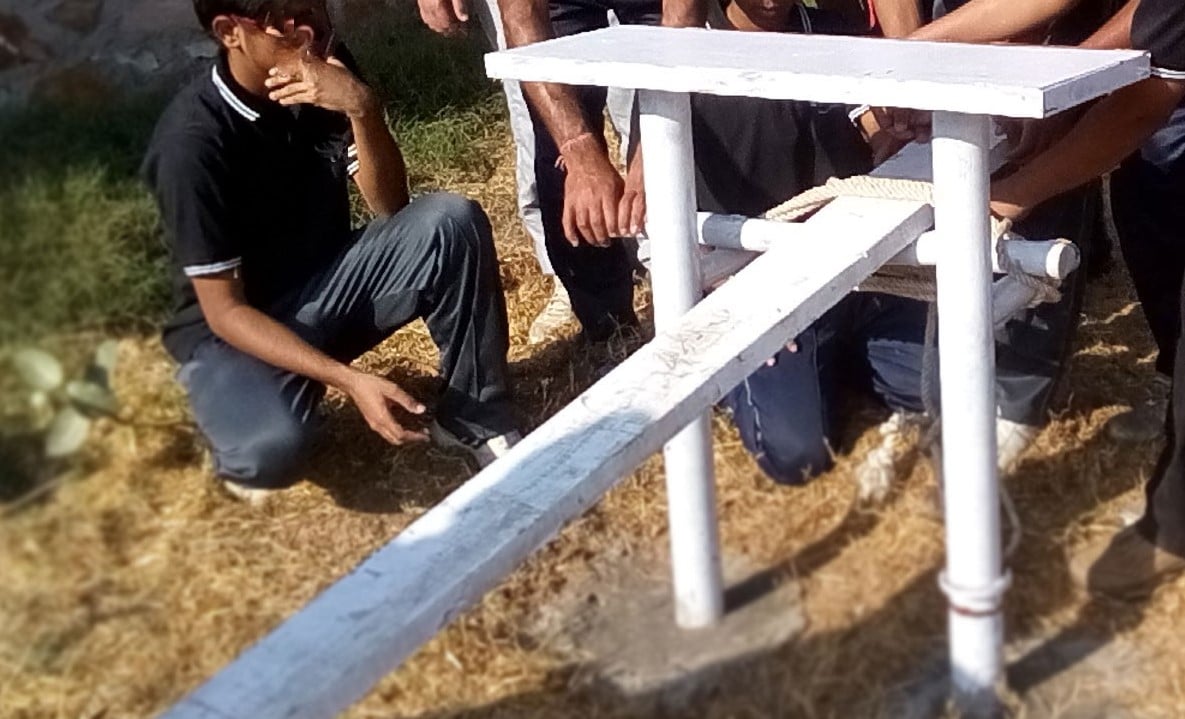
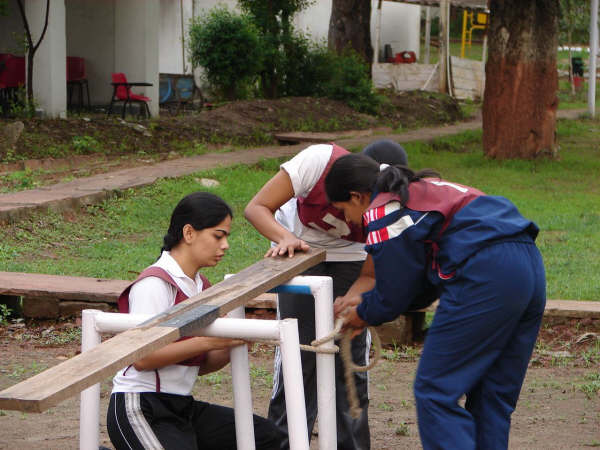
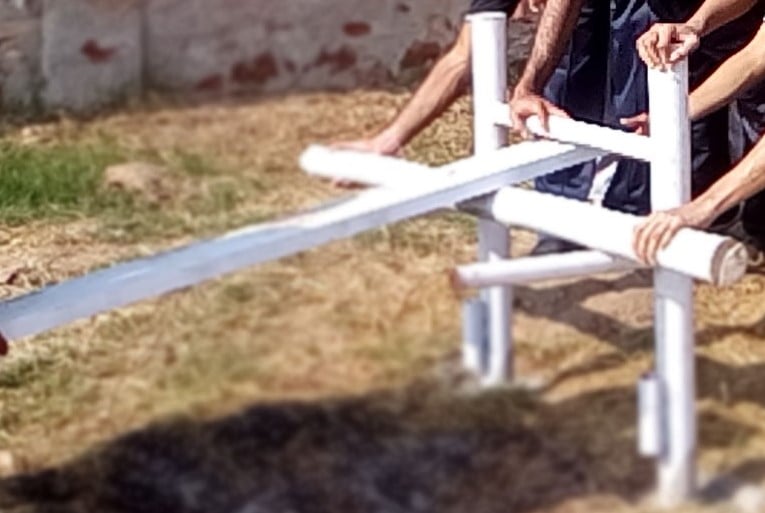
Conclusion:
Any structure in an obstacle can be bridged using the cantilever principle if it is not possible by direct bridging.
SSB Interview Preparation Material [ 100% Recommended]

